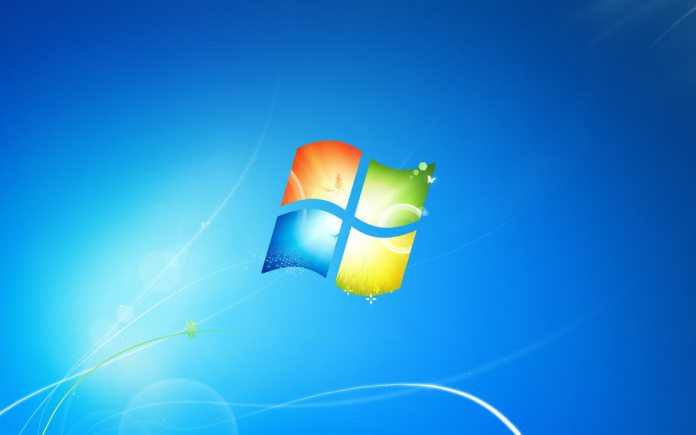However, NetMarketShare has published data that suggests many people have stayed on Windows 7. In its monthly report for desktop platform user share, the firm shows Windows 7 dropped from 25.56 percent share in January to 25.2 percent. So, yes that’s a decline, but its hardly the wholesale movement many believed would happen as users scrambled to Windows 10. Microsoft ended support for the platform in January. Organizations will no longer receive automatic bug fixes for security flaws. However, they can still get those updates if they pay a fee. Several organizations, such as the UK’s National Health Service (NHS) and Germany’s government missed the cut-off date.
It seems they are not the only ones as Windows 7 user rates remained largely static month-on-month. During the last few months of 2019, there was a sharp decline in Win7’s share.
Moving On
As we have reported before, Microsoft is facing a new problem as it ends support of a Windows version. Normally when the company reaches the end-of-support, an OS is little-used. However, with Windows 7, tens of millions of machines still run the platform, many of them in enterprise. The Free Software Foundation (FSF) has called on Microsoft to open source Windows 7. Doing so would allow developers to maintain the platform. “We call on them to release it as free software, and give it to the community to study and improve. As there is already a precedent for releasing some core Windows utilities as free software, Microsoft has nothing to lose by liberating a version of their operating system that they themselves say has ‘reached its end,’” the Free Software Foundation said last month.





